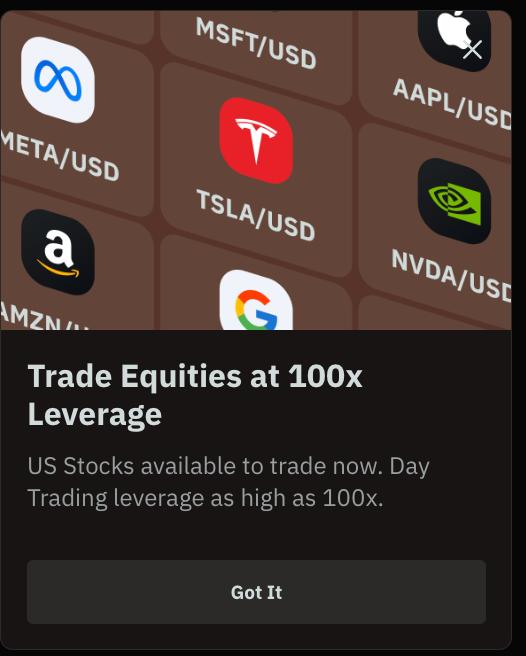The Future of Banking in Europe: How Blockchain and Tokenization are Disrupting the Industry

Ever since its inception, blockchain technology has transformed the financial and banking sectors, becoming a significant disruptor. The European Union (EU) has also been examining the possibilities of blockchain technology and tokenization to innovate and revolutionize the banking industry. In recent years, EU banks have started experimenting with blockchain technology and tokenization to enhance their efficiency, reduce costs, and improve security.
Tokenization, the process of creating digital tokens that represent real-world assets, has become increasingly popular in the EU banking sector. The use of tokenization allows banks to provide new services, such as instant payments and digital securities trading, and opens up new revenue streams.
The EU’s increasing interest in blockchain and tokenization has prompted the European Commission to propose a regulatory framework to ensure the safe and efficient adoption of these technologies. This article explores how EU banks are using blockchain and tokenization and how the proposed regulatory framework will shape the future of the banking industry in Europe.
Why Tokenization Matters for Banking Sector
Tokenization refers to the conversion of a tangible asset, such as financial securities, real estate, or artwork, into a digital token. These tokens can be purchased, sold, or exchanged using a blockchain network.
The adoption of tokenization in the banking industry is transforming traditional financial services by enabling faster and cheaper transactions, increasing transparency, and reducing the risk of fraud. Here are some of the key benefits and challenges of tokenization and blockchain in banking:
Benefits
- Improved Efficiency: Tokenization of assets enables faster and cheaper transactions without the need for intermediaries. This can reduce the time and cost of settling transactions, which in turn leads to more efficient banking services.
- Increased Transparency: Blockchain is the best because of its decentralized system that provides fewer fraud risks for those who are involved in this system.
- Enhanced Security: As it is decentralized, it is more transparent and accordingly increases the safety level.
- Liquidity: Tokenization provides liquidity to illiquid assets like real estate, fine art, and other tangible assets. Including financial ownership, people have better opportunities for better investments.
Challenges
- Regulatory Framework: Tokenization of assets is a relatively new concept and currently faces regulatory uncertainty in many jurisdictions. There is a need for clear regulatory frameworks to ensure that tokenization does not pose any systemic risks to the banking industry.
- Cybersecurity Risks: While blockchain technology is highly secure, there is still a risk of hacking attacks on the blockchain network, which can compromise the security of assets stored on the network.
- Lack of Interoperability: Despite opportunities, blockchain faces a lack of compatibility which may cause some inconvenience.
- Adoption: Adopting blockchain technology and tokenization requires a significant shift in the banking industry’s mindset and infrastructure. It is still an ongoing process which means that blockchain permanently develops and becomes more available for every sector.
In conclusion, tokenization is a transformative technology that is revolutionizing the banking industry. Addressing these challenges and ensuring the safe and efficient adoption of tokenization will be critical to realizing the full potential of this innovative technology.
Tokenization in the EU Banks
Several major banks in Sweden, France, and Liechtenstein are leveraging blockchain technology to support tokenized assets.
In collaboration, SkandinaviskaSEB) and Crédit Agricole Corporate and Investment (CIB) are introducing a blockchain-based platform that enables institutional clients to trade, issue, and settle tokenized bonds. Finaxys, a French IT provider, contributed to the development of the platform. It includes a green validation protocol called Proof of Climate awaReness that rewards users for decreasing energy consumption.
The protocol rewards network validators based on their impact on the environment, with a lower environmental impact resulting in a greater reward. The platform’s security requirements are fully met by blockchain technology, according to Romaric Rollet, Head of Innovation at Crédit Agricole.
Swiss tech firm Metaco has collaborated with VP Bank, one of Liechtenstein’s major banks, to enhance the tokenization of physical assets. Metaco Harmonize will be used by the bank to create, destroy and stock tokenized assets.
The adoption of blockchain technology in the banking industry is growing, with Deutsche Bank planning to create a decentralized finance (DeFi) platform for securities tokenization based on Memento’s technologies.
Goldman Sachs has already introduced the Canton platform for blockchain-based tokenization. Tokenization is rapidly gaining popularity as a way to strengthen the conventional financial market, with experts predicting that the tokenized assets market could reach $5 trillion by 2030.
The benefits of tokenization include improved efficiency, increased transparency, enhanced security, and liquidity.
In conclusion, the adoption of blockchain technology and tokenization in the banking industry is gaining momentum. The launch of the new platform by SEB and Crédit Agricole CIB, as well as the collaboration between VP Bank and Metaco, are just a few examples of how the technology is being leveraged.



























Comments (0 comment(s))